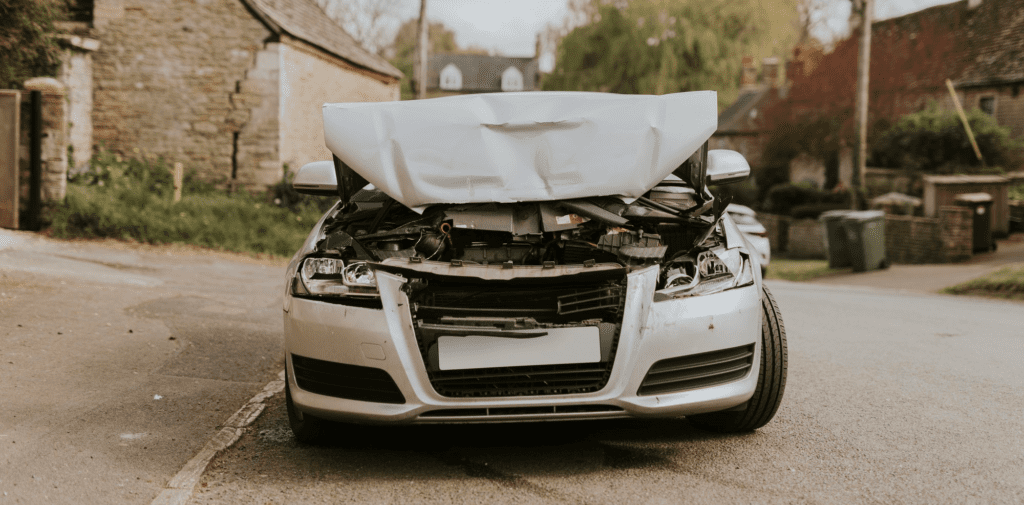
Cars provide convenience and freedom, but they also require care and maintenance to maximise their lifespan. Avoiding unnecessary wear and tear through mindful driving and regular upkeep can help your car last longer.
First, fix bad driving habits like speeding, abrupt stops, and improper shifting which put extra strain on components. Go easy on the gas and brakes and coast to stops whenever possible.
Perform routine maintenance like oil changes, tyre rotations, and fluid checks as recommended. This prevents small issues from escalating into major repairs.
Protect the exterior by parking in garages, washing regularly, and touching up paint chips. Fix minor dents, scrapes, and scratches right away.
Check the tyre tread and pressure frequently. Properly inflated tyres increase safety and fuel economy.
By driving carefully, following service schedules, and addressing problems early, you can add years of life to your vehicle. With proper care, your car can reliably serve you for the long haul.
Be Aware of Your Surroundings
Surprisingly, the majority of damages sustained by vehicles stem from drivers’ lack of attentiveness on the road.

In order to avoid a vehicle riddled with dents and scratches, improve your hazard perception skills.
With potential dangers omnipresent on roadways, maintaining alertness and staying aware of your surroundings is crucial for the prevention of vehicle damage.
Potholes
For UK drivers, potholes are an unfortunate and familiar road hazard. These menacing cavities in the roadway are formed when moisture seeps into cracks, freezes, expands, and eventually creates a hole that enlarges with each vehicle that passes over it.

Striking a pothole can result in considerable damage to your tyres, suspension system, and exhaust. With a staggering one-third of all vehicle damages attributed to potholes, according to the RAC, avoiding them is in your vehicle’s best interest.
While driving, it’s important to look ahead and identify any potholes in your path. If you spot one, cautiously manoeuvre around it without endangering others on the road. Avoid drastic actions that may lead you into oncoming traffic or jeopardize the safety of cyclists and pedestrians.
Speed Bumps
Designed to moderate speed in certain areas, speed bumps are often overlooked by drivers who neglect to slow down while traversing them.

Continually ignoring these traffic-calming devices can inflict damage to various parts of your vehicle, including its front, underside, and rear.
When approaching speed bumps, you must slow down to prevent unnecessary wear and tear on your vehicle while ensuring a safer driving environment.
Road Positioning
For seasoned drivers, understanding your vehicle’s dimensions and the space it occupies on the road is second nature.
However, switching to a new or different car might result in unexpected damages due to unfamiliarity with its size and handling.
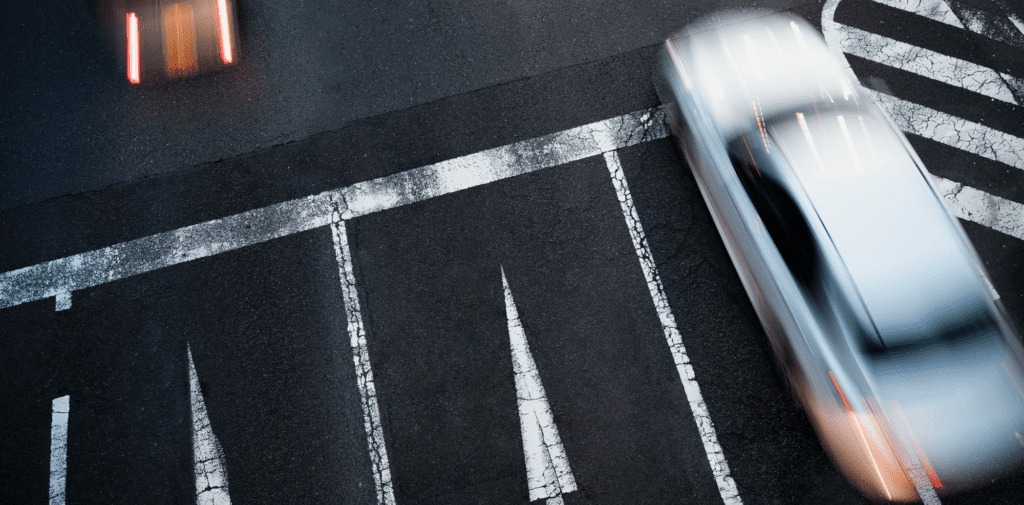
Be conscious of your vehicle’s position relative to other cars, especially when parking or navigating through tight spaces, to avoid scrapes and collisions.
Maintain a safe distance from parked cars and ensure there’s adequate room to manoeuvre into parking spots or through narrow passages.
When executing driving manoeuvres, exercise caution and precision to prevent mishaps that can lead to serious damage.
Consistently practicing cautious road positioning and timely observations will safeguard your vehicle from unnecessary wear and tear.
Iron Out Those Bad Habits
In the initial stages of driving, we tend to be extremely cautious, meticulously following every rule in the book to ensure we pass our driving tests with flying colours.
However, once the supervision fades, bad habits sneak in. The good news is habits can be reformed with conscious effort!
Braking
Frequent hard braking not only signifies risky driving but also leads to faster wear and tear of brake pads. To prevent frequent replacements and ensure safety, it’s crucial to anticipate stops.
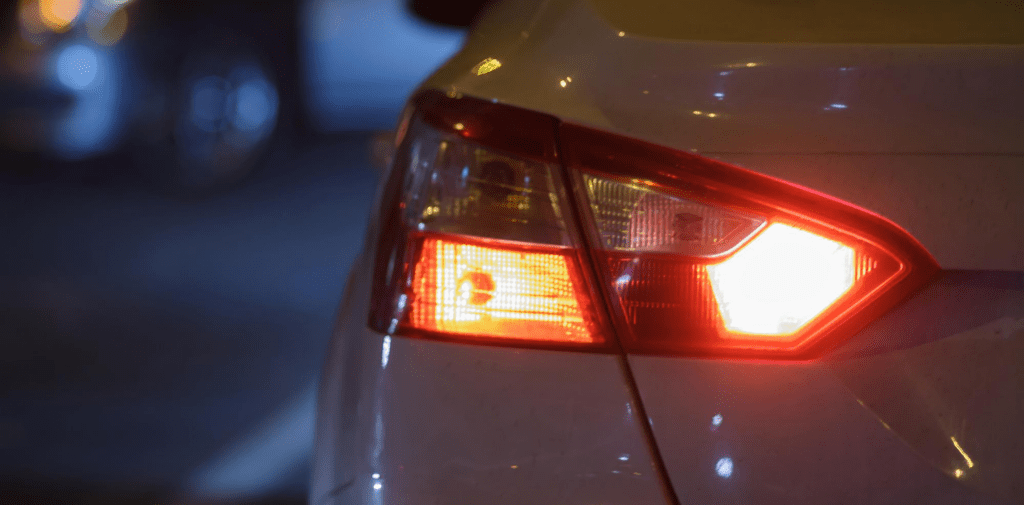
Constantly scan the road for potential reasons to slow down such as traffic signals, slowing vehicles, or obstacles. Gradually decreasing speed allows for gentler braking, extending the lifespan of your brake system.
Consider investing in telematics insurance, which monitors your driving behaviours including braking patterns. This technology provides feedback, and financial incentives or penalties, nudging you towards safer driving habits.
Speeding
Mindful use of the accelerator is as important as careful braking. Avoid abrupt starts; instead, practice progressive acceleration to enhance fuel efficiency.
Smooth driving not only minimises wear on your vehicle but also keeps you on the right side of the law.

Speeding, besides causing potential damage to your vehicle, can lead to fines, penalty points, or even disqualification from driving.
Being more deliberate and smoother with the accelerator and brake pedals can lead to a driving style that is safer and more economical in the long run, sparing both your wallet and your vehicle from unnecessary stress and expenses.
Clutch
The clutch pedal, like its counterparts, demands gentle handling. If you habitually use the clutch to wait at stoplights instead of engaging the handbrake, it’s time for a change to prevent wear.
Also, avoid resting your foot on the clutch when it’s not in use, as inadvertent engagement can occur, causing unnecessary strain.
A bit of attentiveness to your clutch usage habits can significantly extend its life, saving you from frequent and costly replacements.
Practicing careful, mindful driving not only prolongs the life of your vehicle’s components but also contributes to safer roads for everyone.
Take Better Care
Cars indeed have their quirks and temperamental aspects, but with consistent and thoughtful care, they can serve you efficiently and reliably for an extended period.
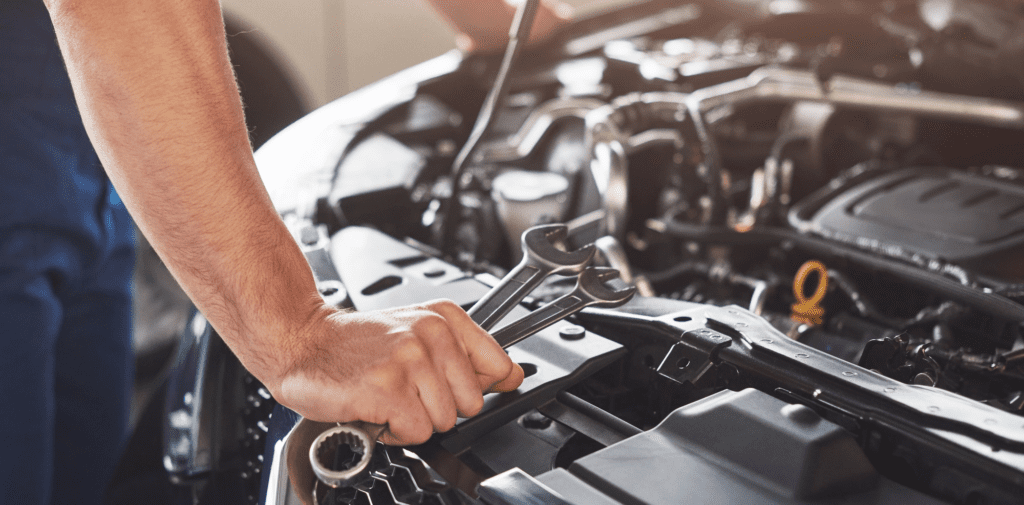
Maintain Your Car
-
Frequent Inspections: Establish a routine of conducting thorough inspections at least once a month. Address immediately any anomalies you observe, such as activated warning lights, unusual noises, dents, or scrapes. Pay attention to the condition of each tyre, checking for any cuts or bulges and ensuring they are inflated to the recommended pressure specified in your vehicle’s handbook.
-
Scheduled Cleaning: Prioritise keeping your vehicle clean to prevent the accumulation of dirt and grime, which may lead to corrosion and wear on movable components. A monthly cleaning session can safeguard your vehicle’s exterior and interior from premature deterioration while maintaining its aesthetic appeal.
-
Prompt Repairs: Avoid postponing necessary repairs, as small issues can escalate into significant problems if neglected. If you’re uncertain about the severity of a particular issue, seek professional advice and assistance promptly to prevent more costly repairs down the line.
Don’t Run on Fumes
Running your vehicle with a nearly empty fuel tank is risky. When fuel levels are low, the fuel pump may pick up debris and contaminants settled at the tank’s bottom, potentially leading to fuel system clogs or engine damage.
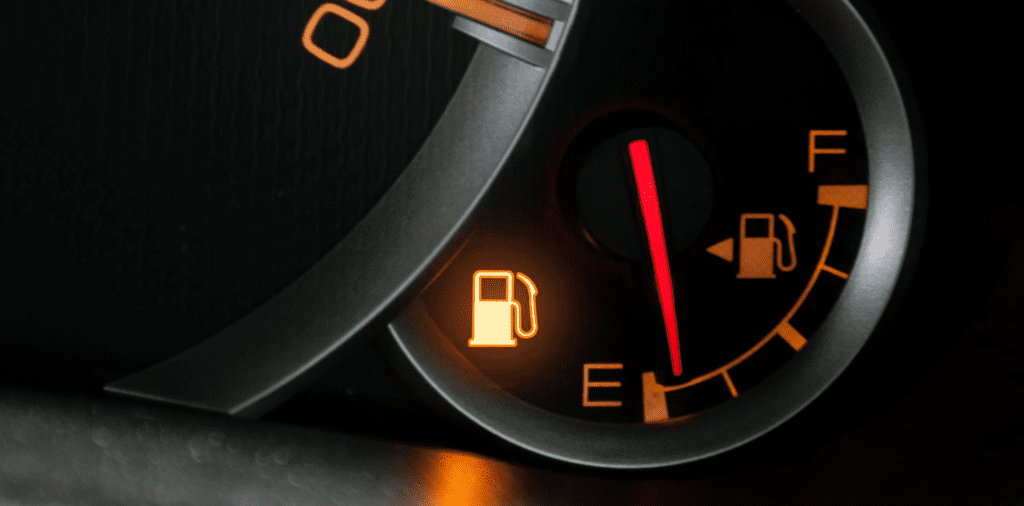
To protect your engine, ensure your tank is adequately filled, and consider adopting fuel-saving driving practices to maximise efficiency and minimise costs.
Use the Right Gear
Selective and appropriate gear usage is vital for optimising engine performance and longevity. If you frequently shift to higher gears at low speeds, you exert undue stress on the engine.
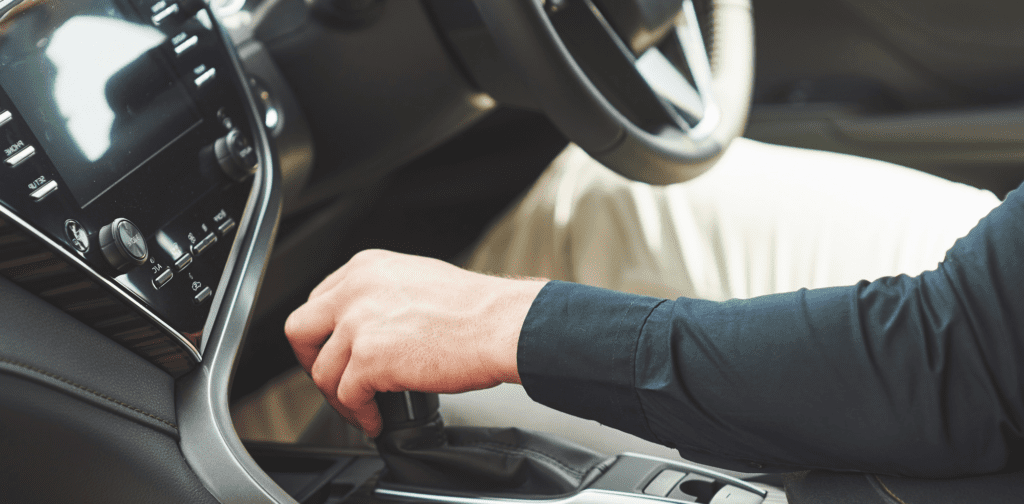
Conversely, driving in lower gears at high speeds results in excessive engine revving. Listening to your engine and adapting your driving style to use gears judiciously can significantly reduce unnecessary wear and tear while enhancing your driving experience and your vehicle’s lifespan.
Familiarising yourself with the appropriate gear-shift points for various driving conditions can foster a smoother, more efficient driving style that minimises stress on your vehicle’s engine and transmission components.
Be Sensible
With your bad driving habits curtailed and your car being meticulously maintained, you may wonder what else can be done to minimise wear and tear. The answer lies in adopting sensible driving practices and making judicious choices.
Avoid Overloading Your Car
Overpacking your vehicle with non-essential items can lead to notable changes in its driving dynamics due to the increased weight, which places additional strain on the engine and impacts braking efficiency.

Be aware of your car’s Maximum Authorized Mass (MAM), which denotes the total allowable weight, inclusive of passengers and cargo.
Your vehicle’s handbook provides this information, helping you ensure you don’t surpass this limit, whether you’re heading on holiday or just like to keep various items in your car.
Don’t Drive in Extreme Conditions
Venturing out in severe winter weather without the proper equipment, such as winter tyres or snow chains, can be treacherous.
Insufficient preparation may result in your vehicle losing traction on icy or snowy surfaces, posing a risk to yourself and others on the road.

Opt for public transportation during extreme conditions if your vehicle isn’t adequately prepared for the weather.
When planning to drive abroad, acquaint yourself with the local driving regulations of your destination. Countries like Sweden and Germany have specific rules mandating the use of winter tyres during certain seasons.
Non-compliance not only jeopardizes safety but also can result in substantial fines.
Combine Journeys
Limiting your vehicle’s usage is a proactive strategy to minimise wear and tear. While the idea isn’t to cease using your car entirely, there is value in consolidating short trips into fewer, more purposeful journeys.
This approach not only conserves fuel but also allows the engine to warm up adequately, which is crucial for its optimal performance and longevity.

Short trips often don’t provide enough time for the engine oil to reach the necessary temperature, leading to more wear and tear over time.
Therefore, planning your routes and combining errands can contribute significantly to extending your vehicle’s life while saving on fuel.
Frequently asked questions
Car wear and tear can result from a variety of factors including aggressive driving, poor maintenance, and environmental conditions.
Frequent stop-and-go driving, excessive speeds, and harsh braking can all contribute to increased wear on your vehicle.
Regular servicing ensures that all parts of your vehicle are functioning correctly and efficiently.
It includes:
- Checking and replacing essential fluids
- Inspecting the brakes
- Tuning the engine, which can help prevent more serious and costly problems down the road.
Smooth driving involves gentle acceleration, steady speeds, and gradual braking.
This reduces stress on the engine, transmission, and brakes, helping to extend the lifespan of these components and minimise wear and tear.
Proper tyre inflation is crucial for even tyre wear and optimal fuel efficiency.
- Under-inflated tyres can lead to increased friction and wear
- Over-inflated tyres can cause uneven wear and reduced traction.
Regularly checking and maintaining the correct tyre pressure can help avoid these issues.
Engine oil lubricates the moving parts of your engine, reducing friction and preventing wear.
Regular oil changes are essential to maintain engine health and performance. Using the right type of oil for your vehicle is also important to ensure maximum protection.
To protect your car’s suspension, avoid driving over potholes and rough terrain whenever possible.
Slow down when navigating speed bumps and consider the load you are carrying, as excessive weight can strain the suspension system.
Overloading your car places additional stress on various components, including the suspension, brakes, and tyres.
It can lead to premature wear and reduced performance. Always adhere to your vehicle’s load limits to maintain optimal functionality.
Harsh braking can cause significant wear on your brake pads and rotors, leading to more frequent replacements.
It also places stress on the suspension and tyres. Practising gradual and controlled braking can extend the life of these parts.
Not using the handbrake correctly, especially on inclines, can strain the transmission.
Always engage the handbrake when parked on a slope to prevent unnecessary stress on the transmission system.
Checking your car’s fluids regularly, such as engine oil, coolant, brake fluid, and transmission fluid, is essential for preventing wear and tear.
These fluids ensure that your vehicle’s systems operate smoothly and efficiently. Check fluid levels monthly and top them up as needed.
Regular brake inspections ensure that your braking system is functioning properly and safely.
Early detection of wear on brake pads and rotors can prevent more serious damage and costly repairs. It also ensures reliable braking performance.
Driving habits such as speeding, rapid acceleration, and frequent braking can reduce fuel efficiency and increase wear on engine and brake components.
Adopting a smooth, steady driving style can improve fuel economy and reduce wear and tear on your vehicle.
Short trips often do not allow your engine to reach its optimal operating temperature, leading to increased wear on engine components and reduced fuel efficiency.
Combining trips and driving longer distances can help maintain engine health.
Regular tyre rotation helps ensure even tyre wear, extending the lifespan of your tyres. It also improves handling and safety.
Tyres should typically be rotated every 6,000 to 8,000 miles.
Ignoring dashboard warning lights can lead to serious damage and costly repairs.
These lights indicate potential issues that need immediate attention. Addressing problems early can prevent further wear and tear and ensure your vehicle remains in good working condition.


